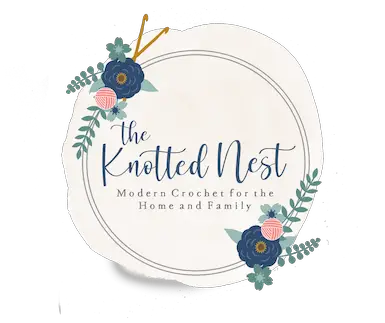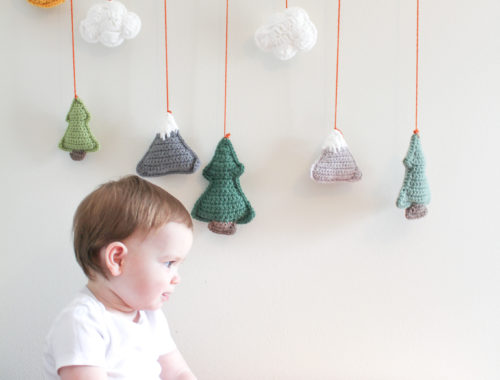
Variations of a Stitch Series, Part 1: Single Crochet

It still blows my mind that the nearly infinite world of what can be made with crochet is all based on only 5(ish) main stitches (US terms): chain, slip stitch, single crochet, half double crochet, and double crochet (Triple or treble crochet is also fairly common).
Every crocheted piece from the simplest dishcloth to the most elaborate lace is made of variations and combinations of these few stitches. Crazy!
It can seem a little overwhelming to think of all the possibilities, but I think it helps to break it down by stitch.
In this series I’m going to focus on some of the variations of the three most used stitches in standard crochet. Part One focuses on single crochet. Find Part Two: Double Crochet here. Part Three covers Half Double Crochet here.
How to Make a Standard Single Crochet (SC)
We’ll start by making sure everyone’s clear on what a “standard” single crochet is. Single crochet is the shortest of the three main stitches and is simple to complete:
Insert your hook into the specified stitch under BOTH loops of the stitch.

Wrap the yarn over the hook (Aka yarn over) …

… and draw the yarn through the stitch so there are now 2 loops on the hook.

Yarn over and pull the yarn through both loops on the hook.
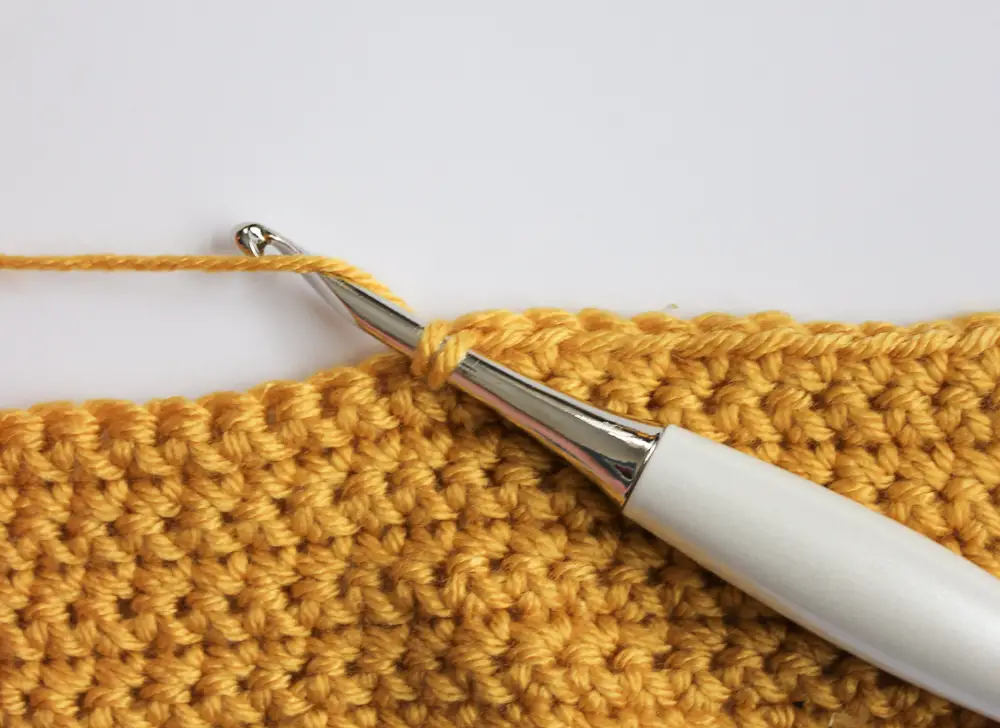
Single crochet made!

A few tips for standard single crochet:
- Start with any number of chains. Make your first sc in the second chain from hook.
- Insert hook under both loops, unless otherwise specified in your pattern.
- Always chain 1 for your turning chain.
- The Ch 1 does not count as a stitch. This means that when you’re beginning a new row, you chain 1, turn, and make your first sc into the very first stitch or “V”.
Variations on the Standard Single Crochet
Single Crochet in the Back Loop Only
A simple, but useful variation on the standard single crochet is single crochet in the back loop only (abbreviated BLO). This technique creates a distinct ridge on the side facing you. When BLO is used continuously in rows, it produces the most amazing stretchy ribbing that can be used to trim hats, sweaters, mittens…you name it!
Start by identifying the “back loop” of the next stitch. This will be the loop furthest away from you. Insert your hook under ONLY this back loop.

Yarn over and pull through this loop. You now have 2 loops on the hook.

Yarn over and pull through both loops on the hook. Sc in BLO complete! So simple and so pretty!

This is my favorite easy stitch to use for ribbing on hats, headbands, and cuffs. I used it for the brim of my Alpine Hygge Beanie.
Single Crochet in the Center Post (aka The Waistcoat Stitch or Knit Stitch)
Here is another example of how inserting your hook into a different part of the stitch can give you a totally different look.
This time, you’ll insert your hook into the post of each stitch and then complete the stitch just as you would a regular sc.
This technique produces a gorgeous knit-like effect. The key to this one is to keep your tension loose. Like, seriously loose. You‘ll probably even want to go up a hook size or two or maybe even three to make sure the stitches aren’t too tight. (Tip: use a hook with a slightly pointed head.)
Note: This stitch looks a bit different when crocheted in the round versus crocheted in rows (although worked the same). For simplicity, we will just focus on rows.
Start by identifying the post of the stitch. This looks like an inverted V. Insert your hook in between the two “legs” of the V.

Yarn over and pull through the post (Tip: Draw this loop up a little higher than usual when you pull through to help keep your stitches loose). You should now have 2 loops on your hook.

Yarn over and pull through both loops on hook. Center post single crochet complete! So pretty!

Reverse Single Crochet (aka Crab stitch)
The name says it all for this variation. The Reverse single crochet is worked exactly like a standard SC except that you work down the fabric in reverse (i.e. don’t turn when you get to the end of the row – keep the row you just made facing you). This stitch makes an awesome edge or boarder for hats, blankets, garment, etc!
The reverse SC feels a little awkward at first, but once you get going, it is a super easy way to create fun boarder for almost any project.
When you reach the end of your last row, ch 1, but do not turn your work. Make your first RSC in the last full stitch you made (for right-handed crocheters, this will be the second stitch to the right of your hook, left of the hook for lefties!).
Insert your hook under both loops of the stitch to the right of your hook (left for lefties).
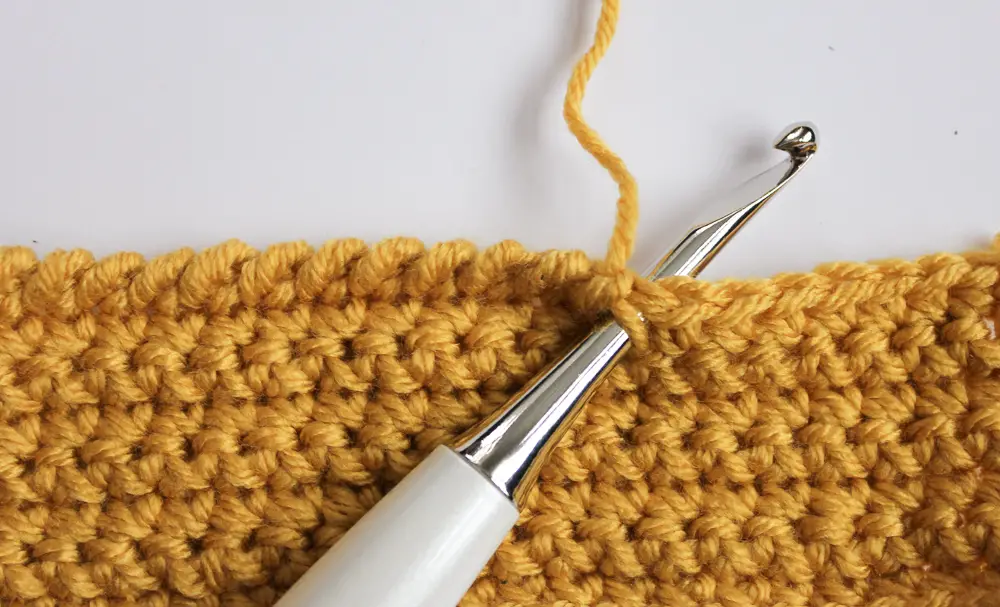
Yarn over and pull up a loop.
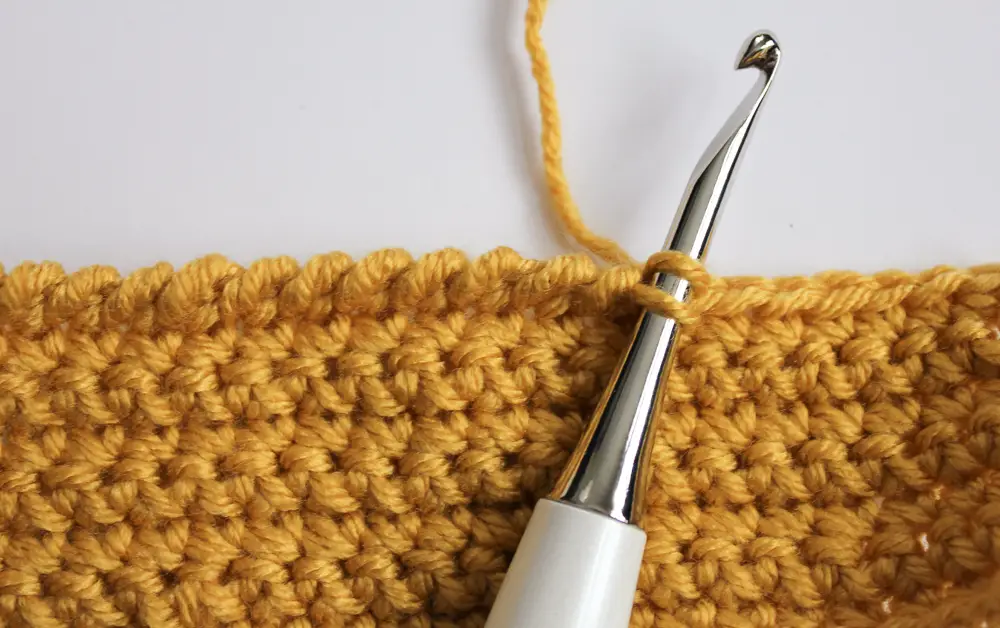
Yarn over and pull through both loops on hook. Stitch done!

You really need to make a couple inches of this stitch before you get the full effect. She’s a beaut!

Other Variations
So far we’ve covered what you can do with single crochet just by changing where you insert your hook. But that’s just the tip of the iceberg! Throw in some chains and a couple of skipped stitches and the possibilities are nearly endless. The moss stitch is just one example:
Moss Stitch
Sometimes called the granite stitch, this is a simple but fun stitch pattern using only single crochet and chains.
Chain an even number.
Row 1: Sc in the 4th chain from hook. *ch 1, skip next chain, sc in next chain* Repeat until the end of the row (last stitch should be a sc in the last chain). Chain 2 and turn.
Row 2: sc in ch 1 space from previous row *chain 1, skip the sc from previous row, sc in next ch 1 space* repeat until the end of the row. The last sc should be worked in the space between the turning ch 2 and the sc from previous row.
Repeat Row 2 as many times as you wish!

Check out my Striped Pom Pom scarf to see the moss stitch in action!
And those are my picks for some simple, but fun variations of the tried and true single crochet. I hoped you found something new to try!
Follow me on Instagram and use the hashtag #variationsofastitch to let me know what you tried!
